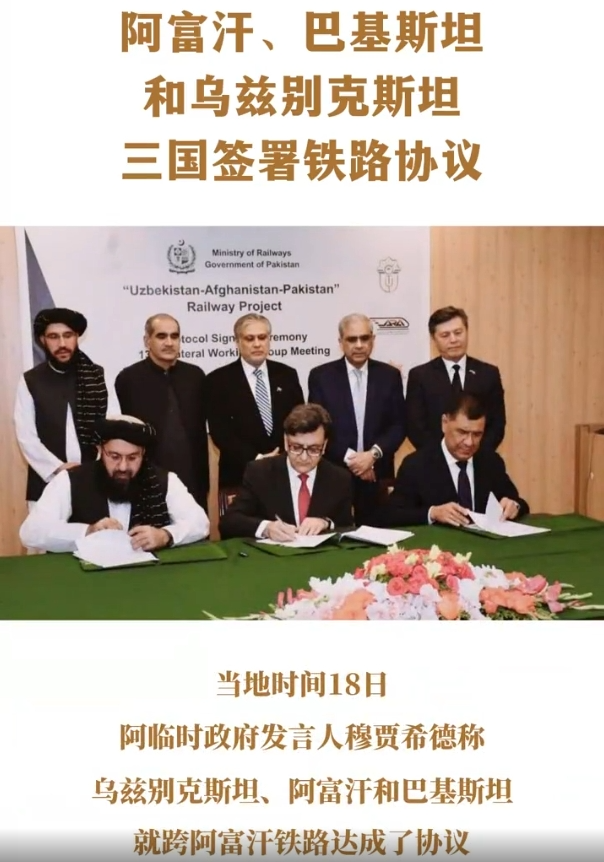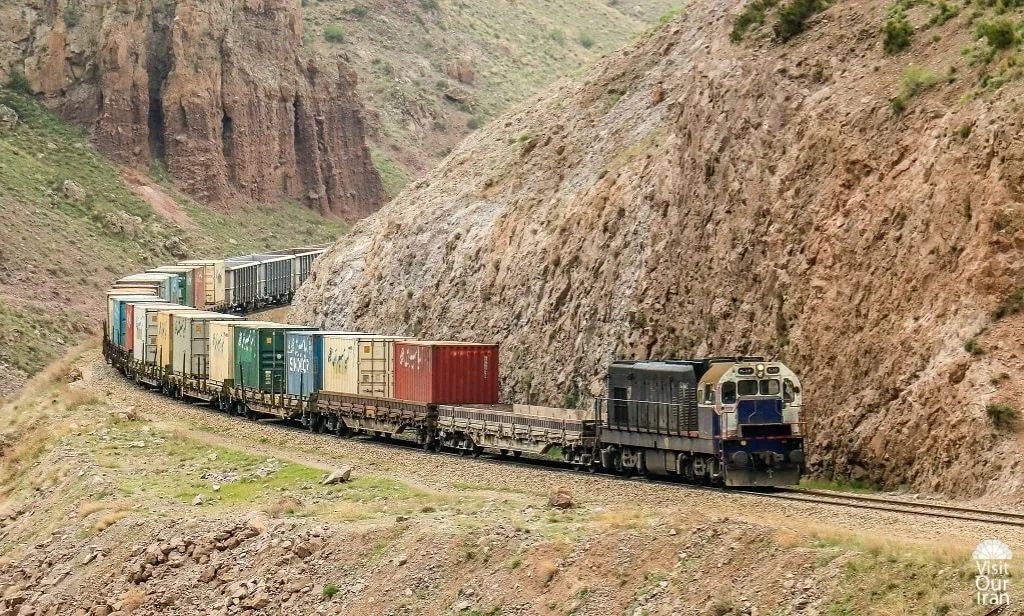According to the Ministry of Foreign Affairs, at the China-Tibet "Rim of the Himalayas" International Cooperation Forum that opened early this month, Chinese Foreign Minister Wang Yi met with Afghan Interim Government Acting Foreign Minister Mottaki. The two sides discussed matters such as carrying out counter-terrorism cooperation in Afghanistan, integrating Afghanistan into the "Belt and Road" initiative, strengthening economic cooperation between the two countries, and assisting Afghanistan in integrating into regional economic cooperation.
 Information revealed by the Afghan side after the talks showed that the Afghan interim government is focused on opening the Wakhan Corridor and strengthening economic exchanges between China and Afghanistan. There are rumors from the outside that the Afghan interim government hopes to build a road in the Wakhan Corridor to directly open a land channel from Afghanistan to China and ensure that Afghan products can be transported to China more conveniently.
Information revealed by the Afghan side after the talks showed that the Afghan interim government is focused on opening the Wakhan Corridor and strengthening economic exchanges between China and Afghanistan. There are rumors from the outside that the Afghan interim government hopes to build a road in the Wakhan Corridor to directly open a land channel from Afghanistan to China and ensure that Afghan products can be transported to China more conveniently.

At the same moment, there was another piece of news. Recently, it is said that the Afghan interim government sent people to visit Iran. The focus of the visit was to extend the railway line from Khaf, Iran, to the western Afghan city of Herat, which will be completed and opened to traffic in 2022.
There are rumors from the outside that the Afghan interim government hopes to use Iranian investment to further extend the railway, that is, to complete the second phase of the railway from Herat to Kabul. In the future, it hopes to build the southern part of the Pamir Plateau and into Wakhan Corridor, building railways to China.
In July this year, Afghanistan, Uzbekistan and Pakistan jointly signed an agreement to build a trans-Afghan railway. The trans-Afghan railway in the agreement is expected to start from Termez, a city in southern Uzbekistan, to Mazar-i-Sharif, a city in northern Afghanistan, cross the Hindu Kush Mountains, pass through Kabul and Jalalabad, and proceed along the Kabul River Valley. Finally, it was connected to the Pakistan railway network in Peshawar. It seems that the Afghan Taliban interim government plans to carry out large-scale infrastructure construction in the territory.

From a geographical point of view, it is actually located in the western part of the Pamir Plateau. The majestic Hindu Kush Mountains traverse the east and west wings of Afghanistan. The east is connected to Taxkorgan County in southern Xinjiang by the Wakhan Corridor, and the west extends to The low-lying Herat, an important town in western Afghanistan, and the Hari River flow through Herat and form the boundary river between Afghanistan and Iran, before turning north and flowing into Central Asia.
On both sides of the Hindu Kush Mountains, low-lying plain deserts are formed on the northern and southern flanks of Afghanistan, such as the Karakum Desert and the Tochar Basin extending from the Transoxiana region of Central Asia in the north, and the Hull Basin in the south. The lowlands formed by the Mandeb River, the Suleiman Mountains separated from Pakistan, and the important southern Afghan town of Kandahar located on the upper reaches of the Helmand River. This makes Afghanistan's geographical factors show the geographical characteristics of being high in the center, west, south, relatively low in the north, and higher in the east than in the west.
Therefore, the two strategic railways currently planned to be built by the Afghan government can almost connect multiple geographical units in Afghanistan. For example, from Mazar-i-Sharif as the northern core to Kabul, and from Herat as the western core to Kabul, these are all conducive to Kabul's central government strengthening its control over these surrounding strategic towns. Communicate geographical units and strengthen centralization. In the next step, if the Afghan government can use railways to connect Kunduz, Kandahar, etc., this situation will be strengthened.
 At the same time, this will further enhance the Afghan government's ability to mobilize national resources. After all, railway is the most efficient mode of transportation for land-based countries, with the lowest transportation cost, largest transportation volume, and the most cost-effective transportation method. Its overall transportation capacity is far better than relying solely on road transportation. Even though the United States has occupied Afghanistan for 20 years, road construction in Afghanistan has always been in a relatively backward state. Moreover, there are many tribes in various regions, and roadblocks have not been eliminated. This is a fatal problem for a unified Afghanistan of.
At the same time, this will further enhance the Afghan government's ability to mobilize national resources. After all, railway is the most efficient mode of transportation for land-based countries, with the lowest transportation cost, largest transportation volume, and the most cost-effective transportation method. Its overall transportation capacity is far better than relying solely on road transportation. Even though the United States has occupied Afghanistan for 20 years, road construction in Afghanistan has always been in a relatively backward state. Moreover, there are many tribes in various regions, and roadblocks have not been eliminated. This is a fatal problem for a unified Afghanistan of.

The construction of railways will greatly improve the Afghan government's ability to conduct foreign trade and mobilize national resources. For example, public sources mentioned that the railway built from Herat to Khaf has a weekly transportation capacity of tens of thousands of tons. For Afghanistan, This is extremely valuable transport capacity, which far exceeds road transport capacity given the insufficient number of heavy-duty vehicles in Afghanistan. Therefore, for Afghanistan, the construction of railways not only has the characteristics of connecting relatively independent geographical units, but will also further strengthen the logistics capabilities of the Afghan government and facilitate the development of the national and regional economies.